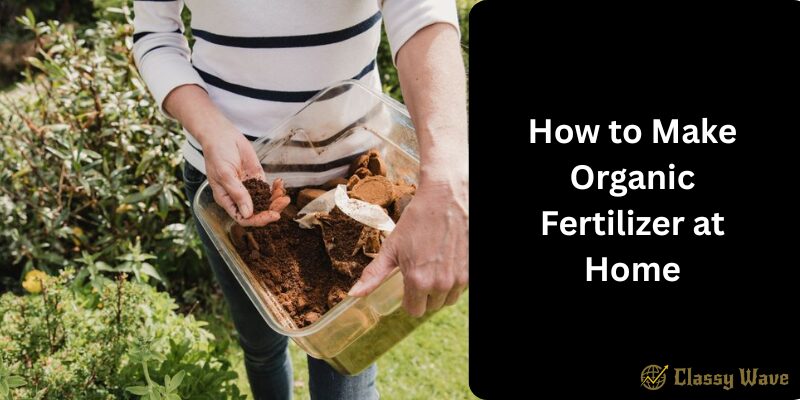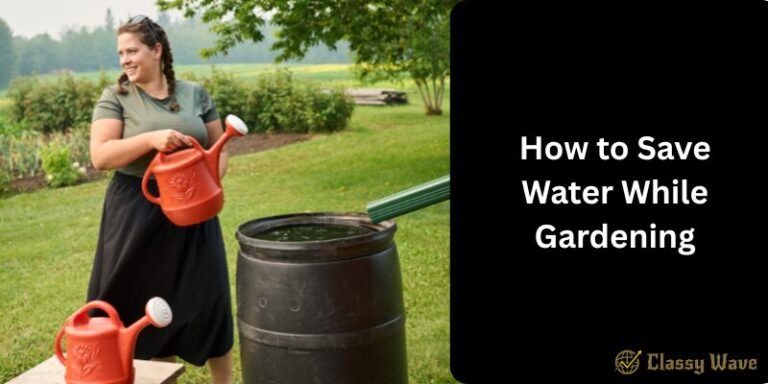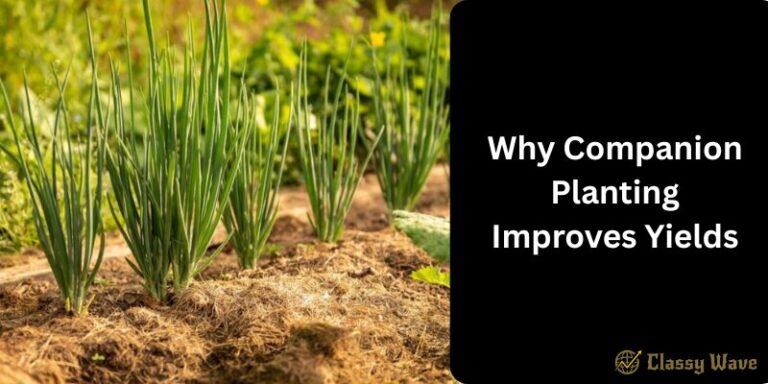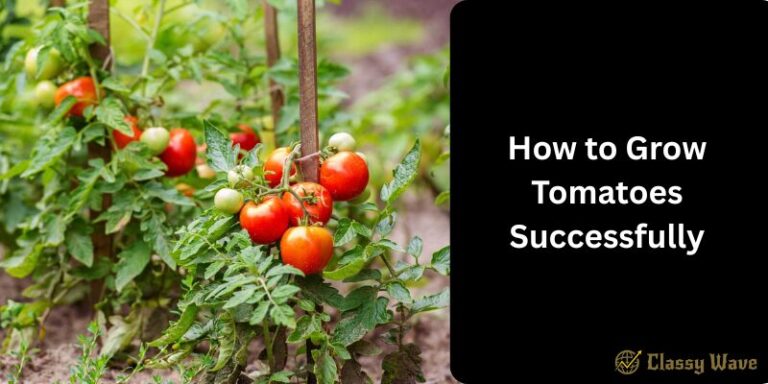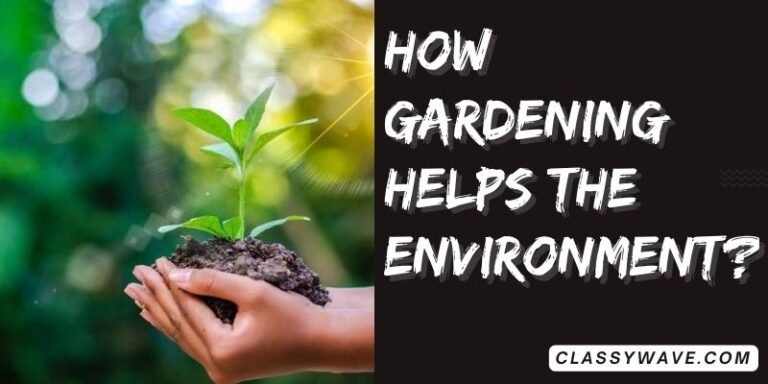How to Make Organic Fertilizer at Home | Classy Wave
Creating your own organic fertilizer at home is one of the best ways to boost your garden’s health naturally while saving money. It’s easy, eco-friendly, and gives your plants all the nutrients they need without harmful chemicals. Let’s dive into a complete, step-by-step guide on how you can make organic fertilizer from simple household and kitchen waste.
What is Organic Fertilizer?
Organic fertilizer is made from natural materials such as food scraps, compost, animal manure, or plant residues. Unlike synthetic fertilizers, it doesn’t contain harmful chemicals or salts that can damage soil in the long term. Instead, it improves soil structure, supports beneficial microorganisms, and enhances the nutrient content of your garden.
Benefits of Making Organic Fertilizer at Home
- Cost-effective: You can make it using materials already available at home.
- Eco-friendly: Reduces waste and promotes sustainable gardening.
- Safe for plants: No risk of over-fertilizing or chemical burns.
- Improves soil health: Adds organic matter, making the soil fertile and well-aerated.
- Encourages biodiversity: Attracts earthworms and beneficial microbes.
Types of Organic Fertilizer You Can Make at Home
1. Compost Fertilizer
Composting is one of the easiest ways to recycle kitchen waste into nutrient-rich fertilizer. You can use vegetable peels, fruit scraps, coffee grounds, and eggshells.
How to make it:
- Collect kitchen waste (avoid meat, oil, and dairy).
- Mix it with dry materials like leaves or shredded paper.
- Keep the pile moist but not wet.
- Turn it every 2–3 weeks for aeration.
- After 2–3 months, the compost turns dark brown and crumbly — ready for use.
2. Banana Peel Fertilizer
Banana peels are rich in potassium and phosphorus — essential nutrients for flowering plants.
How to make it:
- Dry banana peels under the sun or in an oven.
- Grind them into powder.
- Sprinkle the powder around your plants or mix it into the soil.
3. Eggshell Fertilizer
Eggshells contain calcium, which helps strengthen plant cell walls and prevents blossom end rot in tomatoes and peppers.
How to make it:
- Wash and dry eggshells.
- Crush them finely or grind them into powder.
- Mix into the soil or sprinkle around plants.
4. Tea and Coffee Ground Fertilizer
Both tea leaves and coffee grounds add nitrogen and organic matter to the soil.
How to use:
- Mix used tea leaves or coffee grounds into compost or directly into the soil.
- Avoid using too much as it can make the soil acidic.
5. Epsom Salt Fertilizer
Epsom salt contains magnesium and sulfur — great for promoting green, leafy growth.
How to use:
- Mix 1 tablespoon of Epsom salt in 1 gallon of water.
- Use it once a month for watering plants like tomatoes, peppers, and roses.
6. Manure Fertilizer
Animal manure (from cows, goats, chickens) is nutrient-dense and perfect for organic gardens.
How to use:
- Compost the manure for at least 2 months before using it to kill harmful bacteria.
- Apply as a top dressing or mix into garden beds.
7. Liquid Compost Tea
Compost tea is a powerful liquid fertilizer made by steeping compost in water.
How to make it:
- Fill a bucket with water and add a few handfuls of compost.
- Let it sit for 3–5 days, stirring occasionally.
- Strain and use the liquid to water your plants.
Best Ingredients for Homemade Organic Fertilizer
- Fruit and vegetable peels
- Coffee grounds and tea leaves
- Crushed eggshells
- Grass clippings
- Dried leaves
- Bone meal or fish waste (for phosphorus)
- Wood ash (for potassium)
Tips for Successful Fertilizer Making
- Maintain a balance between green (wet) and brown (dry) materials.
- Keep the mixture moist but not soggy.
- Turn the compost regularly to allow oxygen flow.
- Avoid adding oily or meat-based kitchen waste.
- Store finished fertilizer in a cool, dry place.
How to Use Organic Fertilizer
- Mix it into the soil before planting.
- Use as a top dressing around plants.
- Apply compost tea as a liquid feed every few weeks.
- Combine different fertilizers for balanced nutrition.
Mistakes to Avoid When Making Organic Fertilizer
- Adding too much citrus or onion waste (it slows decomposition).
- Not maintaining enough moisture — compost will dry out.
- Ignoring aeration — leads to foul smell and poor compost.
- Using fresh manure directly — it can burn plant roots.
Signs of Good-Quality Organic Fertilizer
- Dark, earthy smell (not foul or rotten).
- Crumbly, soil-like texture.
- No visible food scraps or waste.
- Moist but not dripping wet.
Why Homemade Fertilizer is Better than Store-Bought
Homemade fertilizer is not just cheaper — it’s healthier for your soil and plants. Unlike synthetic options that give quick results but harm long-term fertility, organic fertilizer improves soil quality over time. It’s sustainable, customizable, and supports a thriving garden ecosystem.
Conclusion
Making organic fertilizer at home is an easy, rewarding way to grow healthier plants while reducing waste. With just a little effort, you can create nutrient-rich soil that supports strong roots, vibrant blooms, and better harvests. Start small, experiment with different types, and watch your garden thrive — naturally!

